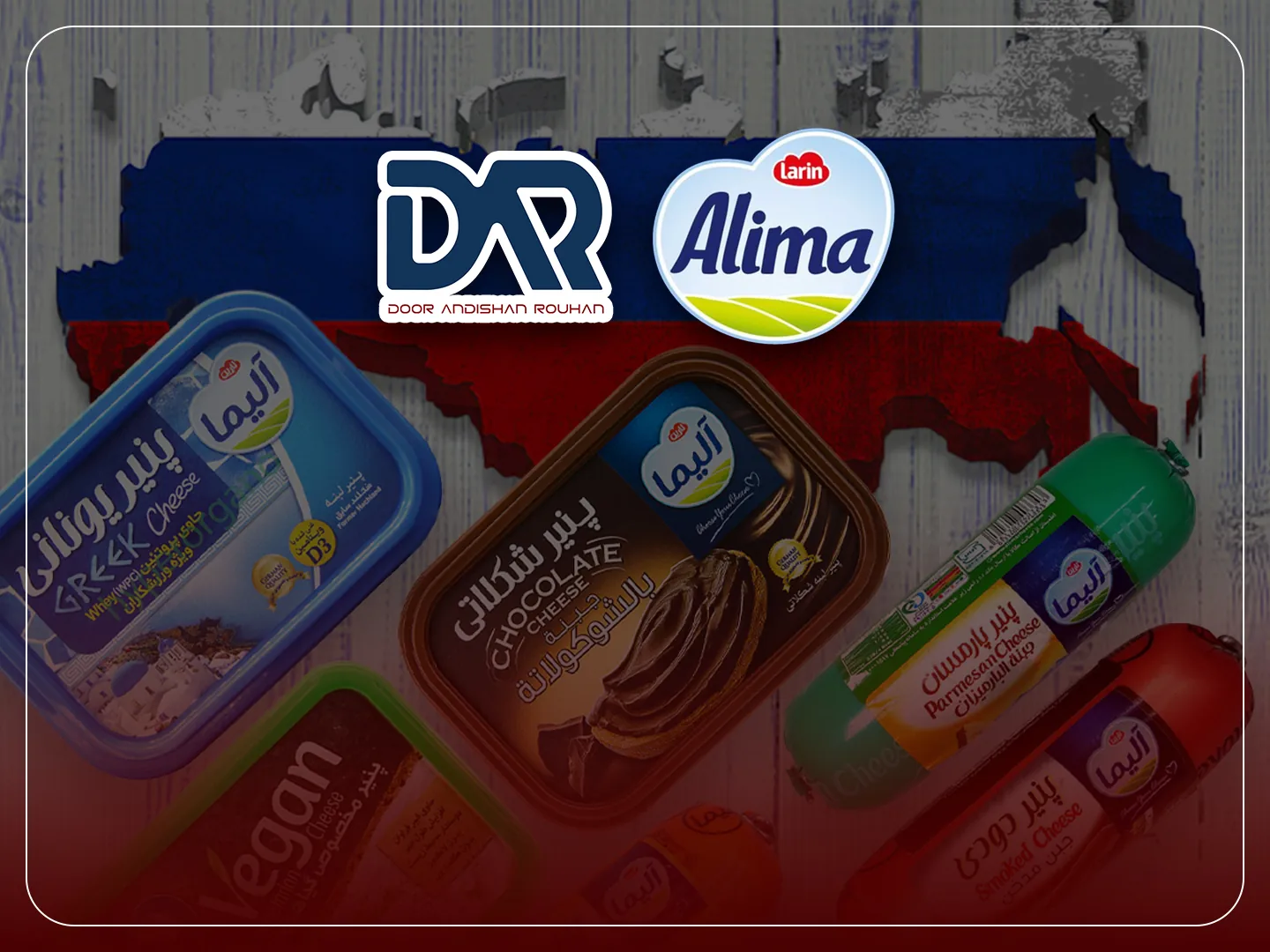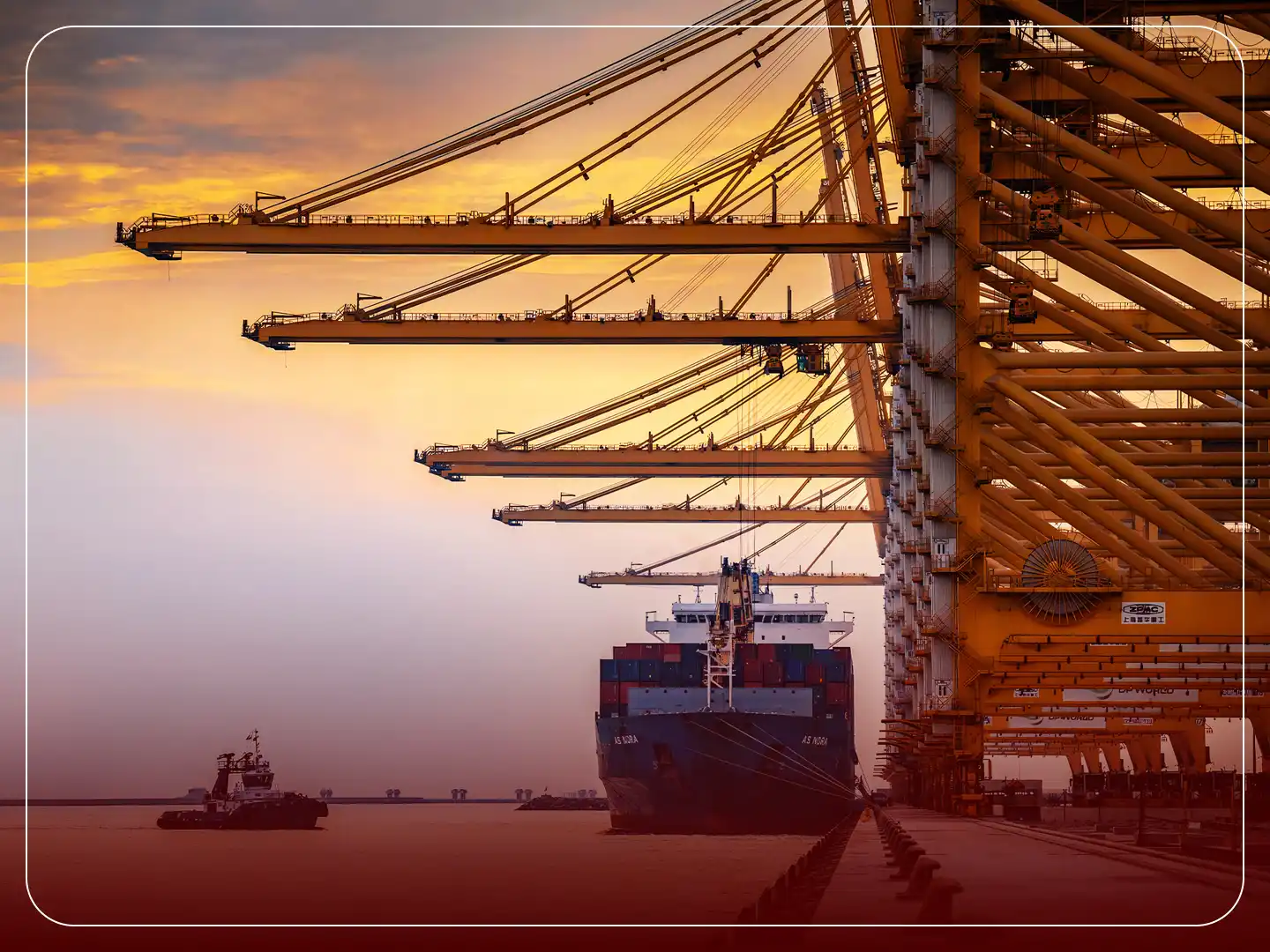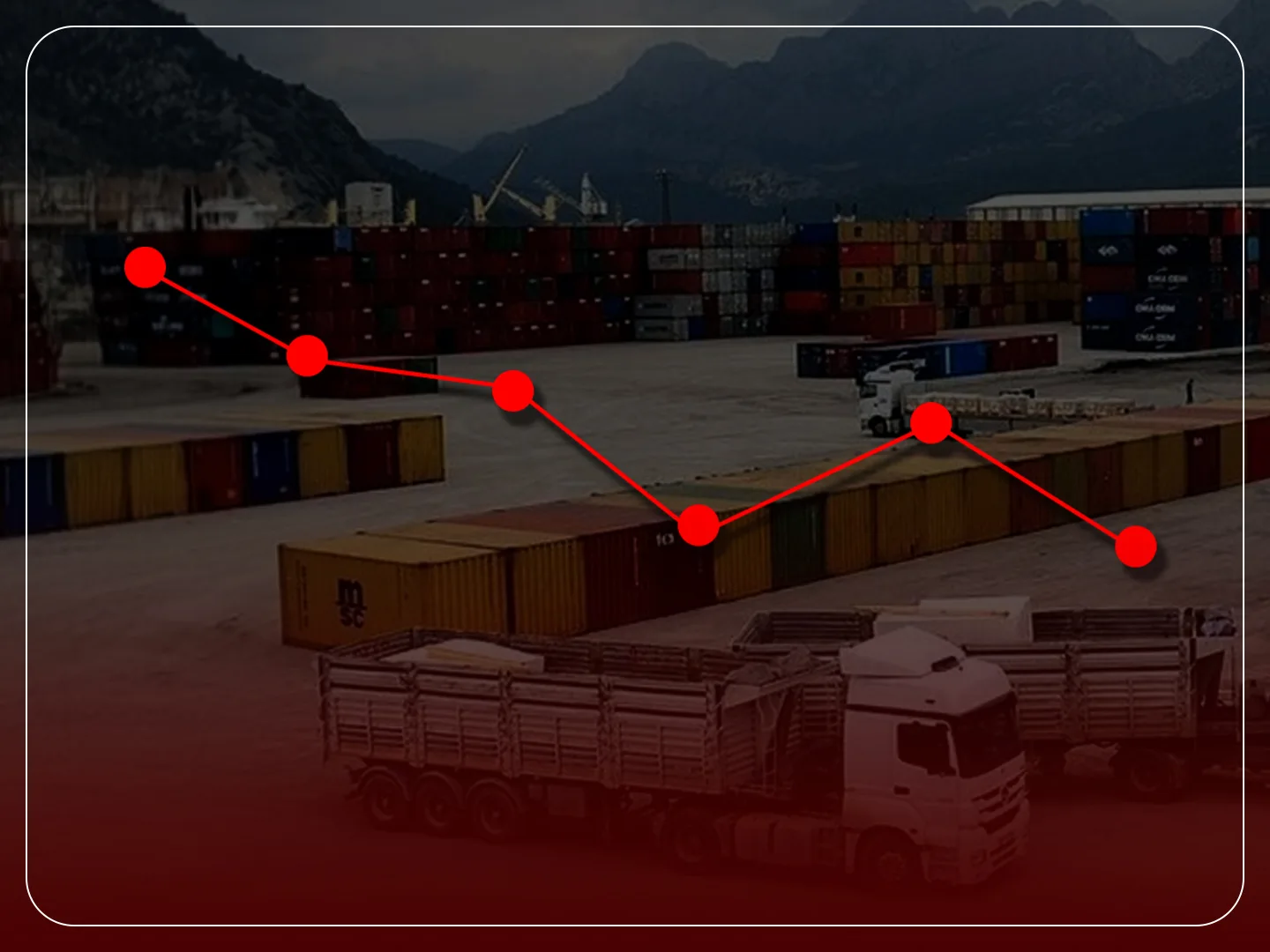Boosting Iranian Textile Exports to Turkey
The textile industry has long been one of the most important pillars of Iran’s non-oil economy, providing jobs, supporting small and medium enterprises, and opening doors to regional markets. In recent years, Iranian textile exports to Turkey have gained increasing attention as both countries strengthen their economic cooperation. For Iran, textiles represent not only a traditional industry but also a modern opportunity for trade growth, while Turkey, as one of the world’s largest hubs for textile and apparel manufacturing, relies heavily on imports to meet demand.
According to recent trade data, Turkey textile imports reached nearly $11–12 billion annually, positioning it among the top global markets for fabrics, yarns, and apparel. At the same time, the Iran textile industry has been expanding its product range and quality standards, making it more competitive in regional markets. This intersection creates significant trade opportunities 2025 and beyond, particularly as Turkey looks to diversify supply sources in response to rising global competition and cost pressures.
Iranian textile exporters have a chance to supply cotton fabrics, carpets, yarns, and technical textiles that match Turkey’s growing needs. However, success will depend on enhancing textile competitiveness, improving logistics, and navigating tariff and non-tariff barriers effectively. With the right strategies, Iranian textile exports to Turkey could not only expand in volume but also strengthen long-term industrial partnerships, helping both economies create value and resilience in the global textile market.
Current Trade Relations Between Iran and Turkey
Iran-Turkey trade has been large but volatile in recent years. During the first seven months of 2025, bilateral trade was around $3.09 billion, down from $3.23 billion during the corresponding period of 2024. During that period Iran's non-oil shipments to Turkey were over $1.38 billion (January–July 2025) and Turkish deliveries to Iran were around $1.71 billion. That puts Iran at a slight trade deficit, with exports falling and deliveries from Turkey declining by 8% year‑on‑year during that period. Generally, Turkey is among Iran's largest non-oil trading partners; during the 2024–2025 Persian year Iran sent $6.8 billion of non-oil products to Turkey, making Turkey Iran's fourth-largest export market. Turkey, in turn, is a large supplier to Iran, being Iran's third-largest supply source. Deepened economic cooperation has been shown by both countries to be of interest – for instance, Iran and Turkey are considering the establishment of a common free trade zone and enhanced transit infrastructure. Their trade authorities have also considered that widening of the ties of the non-oil sector and of trade agreements (e.g., old preference agreements replaced by a novel FTA) can stimulate additional exchanges.
Iran-Turkey Bilateral Trade (Jan–Jul) – exports, imports, total (USD billions):
| Period | Exports (US$ B) | Imports (US$ B) | Total Trade (US$ B) |
| Jan–Jul 2024 | 1.37 (approx) | 1.86 (approx) | 3.23 |
| Jan–Jul 2025 | 1.38 | 1.71 | 3.09 |
Bilateral Trade Trends
The statistics indicate Iran's non-oil shipments to Turkey fell somewhat in 2025, and Turkish shipments to Iran also fell. During 2024–25, officials pointed to diversifying and increasing trade. For example, a higher-level forum has been planned to link up Iranian and Turkish free trade areas, and Iran's trade officials are streamlining export procedures. In early 2024, Iran's private sector delegation pointed to tourism, foodstuffs, and clothing as promising areas of cooperation. The transportation and logistics connections are also being widened (e.g. additional train routes), and shipping times and costs ought to be reduced. Generally, existing trade is strong but has increased somewhat; augmenting structures (such as a new FTA for the modern era) and transportation infrastructure should allow for higher textile and other shipments to Turkey.
Key Textile Products Exported from Iran
Iran's textile industry covers fibers, yarns, fabrics, clothing and home textiles. In 2023, the sector's Iranian exports were concentrated in relatively few areas. Industry sources state that Iran exported roughly $38.1 million of woven and knitted cloth (fabrics), $16.8 million of yarns, and $73.7 million of garments (apparel) in 2023. These represent the strongest categories by value (Table below). (Hand-woven rugs and carpets, traditionally important exports, enjoy much smaller volumes recently – e.g. ~$40–50 million per year). Iran's yarn and fabric exports are relatively small, given its need for importing raw material, yet represent a foundation.
Selected textile products of Iran (2023), Values are in USD millions.
| Product Category | Exports (2023) |
| Apparel (Garments) | 73.7 |
| Fabrics (woven/knit) | 38.1 |
| Yarn | 16.8 |
| Subtotal (above) | 128.6 |
| Other Textiles* (e.g., home textiles, technical) | 371.4 |
| Total (all textiles) | 500.0 |
* Other Textiles includes items like carpets, home textiles, nonwovens, etc., making up the balance of the roughly $500M total
Iran has strengths in producing natural fiber textiles (cotton and wool) and technical fabrics. The apparel exports largely consist of ready-made garments and knitwear, aiming at budget and mid-market segments. Exporters often ship through Kashan and Mashhad customs. Despite current modest volumes, officials note that capacity exists to expand output; one industry association stated Iran could increase textile exports 3–4 times if domestic weaving and processing were scaled up. Developing higher-value segments (e.g. specialized technical textiles or quality shirting fabrics) could also help penetrate markets like Turkey’s. Overall, Iran’s textile export mix is centered on fabrics, yarns and garments – sectors targeted for growth.
Major Export Segments
Among these products, clothes represent one of the strongest sectors. Though export volumes are limited, Iran has concentrated on clothing making. Garment shipments (2023: $73.7M) even outweighed the volume of fabrics exported. It is natural to expand the clothing industry considering Iran's vast home fashion market and qualified textile industry. House textiles (particularly carpets and rugs) also belong to export products: Iran is famous for handmade carpets, although export volumes dropped during the last years. Carpet shipments (~$50M during the last years) are overshadowed by Turkey's own carpet production, yet specialty Persian designs are sold. Fibers and yarns are another prominent products: Iran creates cotton yarns and woven fabrics for clothes, bedding, and raw material usage. Taking into consideration Turkey's requirements, Iranian suppliers can target wool and cotton yarn (Turkey is importing raw yarns for knitting and weaving), mid-range quality fabrics for clothes and home textile usage.
Competitive Advantages and Market Gaps
Iran textile export trade has a number of inbuilt strengths and certain important weaknesses compared to the Turkish market. Points of strength for Iran are competitive labor rates, availability of raw material (such as locally grown wool and cotton), and skilled labor in weaving, dyeing and garment making. Market leaders observe that Iran has advanced technical knowledge and skill in textile work. Additionally, geographic closeness implies reduced transportation costs and quick shipping to Turkey compared to distant suppliers. Cultural proximity implies to some degree similarity in fashion and textile preference that can facilitate market access. Iran can also benefit from declining import barriers of Turkey (Turkey and Iran share common relationships through OIC and D8 organizations, and are negotiating a fresh trade agreement).
But market gaps moderate these strengths. Iran's textile sector is under‐capitalized – it imports significantly more yarn and cloth than it sells to the outside world. In 2023, Iran imported roughly $612M of fabrics and $425M of yarn, indicating poor weaving and spinning capability. The local value‐addition gap implies that Iran is not fully capable of meeting raw textile inputs to Turkey, losing out in those markets. Second is global branding and design: Iranian textile brands enjoy little global recognition, and product design at times is inferior to competitors. Finally, Turkish trade barriers are a roadblock. Turkey justifiably imposed draconian tariffs (up to 39% for the vast majority of imported yarns, fabrics, garments) to safeguard its own sector. These levies make products from Iran less price-competitive in Turkey unless they are negotiated off.
Strengths And Advantages In Iran
• Skills & Labor Force – Skilled textile manpower is available in Iran, and that is one of the strengths.
• Production Shortages – Locally spun and locally woven cloth is scarce, creating supply gap (Iran needs to import spun textile products, limiting export growth).
• Trade Barriers – Import duties by Turkey for yarn/fabric/clothing are at a higher level, posing obstacles to Iranian exports unless eliminated by trade policies.
• Quality and Branding – Persian textiles require refinement of finish, consistency and global marketing in order to catch up with Turkish/EU products.
Globally, Iran's comparative strengths are proximity, skill-based workforce and cost competitiveness, while inefficiencies, particularly trade access and weaving potential – need to be filled to capitalize on Turkey's market.
Strategies for Growth in 2025
Iran textile producers and policymakers can expand exportations to Turkey by industry-level improvements as much as by bilateral actions for collaboration. The notable policies are:
• Invest in Upgrading Production: Develop the textile value chain of Iran by raising weaving, spinning and finishing capacity. Specialists note that even "small investment" in weaving can convert imported cloth into domestic output. Subsidies or tax exemption by government for upgradation of machinery (e.g. computer looms, energy-efficient dryer) can boost productivity. Replacing dyeing and finishing plants will raise cloth quality, making textile products of Iran even more competitive. Emphasizing technical textiles (industrial fabrics, medical textile) could fulfill Turkey's niche requirement.
• Improve Quality of Products and Design: Develop value-added products that can fulfill Turkey's needs. It can be through advanced finishing technology (e.g. higher quality dyeing, print), international quality certificates, and advanced designs. Collaboration with Turkish design houses or joint companies could enable Iranian firms to localize products for Turkish markets.
• Capitalize on Trade Agreements: Seek actively tariff liberalization through new trade agreements. Iran and Turkey are negotiating a new Free Trade Agreement to replace old agreements. An extensive FTA or expanded D8 preference agreement would cut existing tariffs and quotas directly to boost textile shipments. Iran must promote the bilateral special economic zone project (a "free trade zone") with Turkey to enable duty-free operation and value-chain integrated supply.
• Specially Develop Marketing and Partnerships: Iranian export firms can attend Turkish trade exhibitions (e.g., Izmir Fair), undertake marketing activities within Turkey, and enter strategic partnerships with Turkish distributors. Market access by partnerships/collaborations or contract manufacturing for Turkish brands of apparel could be attained. Sales through Turkish B2B platforms and e-commerce (e.g., virtual textile markets) can promote Iran's image. Roadshows and delegations to Turkish industry clusters (e.g., textile hub of Bursa) can be conducted by the trade authorities of Iran.
• Simplify Logistics and Financing: Shorten shipment times and reduce costs by streamlining transit routes (rail connections through Tehran-Van, better port access). Arrange trade financing (letters of credit in TL possibly) to simplify transactions. Facilitating banking and payment conduits (considering international sanctions) can make Turkish exports easier.
Free Trade and Investment Initiatives
A pivotal strategy is leveraging economic agreements and incentives. Officials have highlighted plans for a joint Iran-Turkey free trade zone and new FTA to deepen sectoral ties. In 2024 Iran’s commerce ministry noted that revamping the old D8 preferential trade accord into a genuine FTA could replace high tariffs and open up markets. By 2025, establishing easier customs procedures or mutual tariff reductions (especially on textiles) would significantly improve Iranian competitiveness. Additionally, each country is encouraging investment in the other’s free zones; Turkish textile firms could set up plants in Iran (and vice versa) to serve local markets. Finally, targeted government support – such as subsidized electricity for textile units or export credit guarantees – would lower costs. In sum, proactive trade policy (FTAs, special zones) combined with industry reforms should help Iranian textile exports expand in Turkey by 2025.
Conclusion
Turkey's large textile market is an open opportunity for Iranian exporters. By capitalizing upon Iran's natural strengths (low labor costs, skilled labor) and compensating for weaknesses (low weaving capacity, high duties) for trade with Turkey, Iran can gain more of Turkish trade. Recent statistics reveal that Iran is already trading in billions with Turkey, yet only a part of that is textile trade. The solution is to fill those gaps through sector-specific investments and smarter policies. If Iran upgrades the textile sector and coordinates with Turkey to lower trade barriers (e.g. through a new FTA) by 2025, then textile exports could grow significantly. In the long run, by developing fiber-to-fashion production at home and by developing access to markets elsewhere, Iranian textile products will become competitive, making the Turkey market itself a large growth route for Iran's textile industry.






